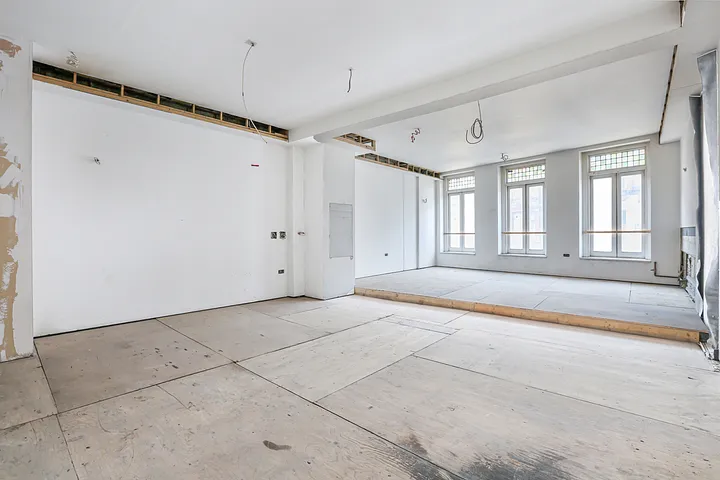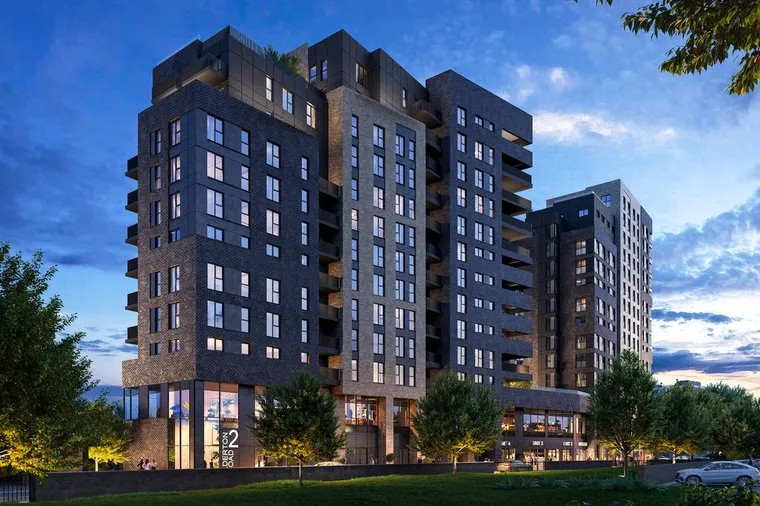In the vast world of commercial real estate, properties are often classified based on their use, quality, and overall appeal to investors, tenants, and developers. These classifications, known as class-use categories serve as a shorthand guide, offering insights into a property’s condition, location, and overall investment potential.
Class A: The Pinnacle off commercial real estate quality!
These properties boast prime locations in bustling urban centers or sought-after business districts. Class A buildings feature modern architectural design, state-of-the-art amenities, advanced technology infrastructure, and impeccable maintenance. High-rise office towers with panoramic city views, luxurious retail spaces, and upscale hospitality establishments often fall into this category.
Class B: Balancing Quality and Value:
Class B buildings strike a balance between quality and affordability. These cost-effective properties are well-maintained, offering a good range of amenities, accessibility, and tenant comfort. While they may lack the cutting-edge features of Class A properties, they present an attractive option for tenants seeking quality spaces without the premium associated with Class A buildings.
Class C: Opportunities for Transformation:
Class C buildings are characterized by their basic amenities and maintenance. These properties often present opportunities for value-added strategies and can be prime candidates for renovation and adaptive reuse projects, contributing to urban revitalization efforts. Class C buildings may appeal to investors looking to reposition properties in emerging markets or neighborhoods.
Class D: Exploring Potential Turnarounds:
Introduce Class D buildings as properties requiring substantial investment and renovation. Discuss the factors that place them in this category, such as significant wear and tear, outdated infrastructure, and limited amenities. Showcase success stories of investors who have successfully transformed Class D properties into thriving assets.
Class E: Navigating Niche Spaces:
Define Class E buildings as specialized properties catering to niche markets and unique needs. Explore categories such as data centers, specialized medical facilities, and research laboratories. Highlight the significance of Class E buildings in serving specific industries and communities.

Class F: It’s all about education & the community
These buildings are used for educational or community purposes. They are divided into two subcategories:
- Class F1: buildings used for education, such as schools, colleges, and universities. It also includes buildings used for cultural purposes, such as museums, libraries, and art galleries.
- Class F2: buildings used for community purposes, such as community halls, swimming pools, and sports centers. It also includes small shops that sell essential goods, such as food and groceries.
Class F use buildings are subject to different planning regulations. For example, they may be subject to stricter noise control regulations.
Class Sui Generis: A Unique Class of it’s Own Kind!
It’s a term used in real estate and urban planning to describe properties that are so unique or specialised that they don’t fit into typical categories. These properties have characteristics or purposes that are so distinctive that they require special consideration outside the usual rules and classifications as they don’t fit within the standard zoning regulations.
Hopefully now you have a better understanding of what all the different class uses mean allowing you to better understand the commercial real-estate landscape when it comes to renting, buying or selling.
Explore the diverse range of properties we have available, all with different class uses here.


